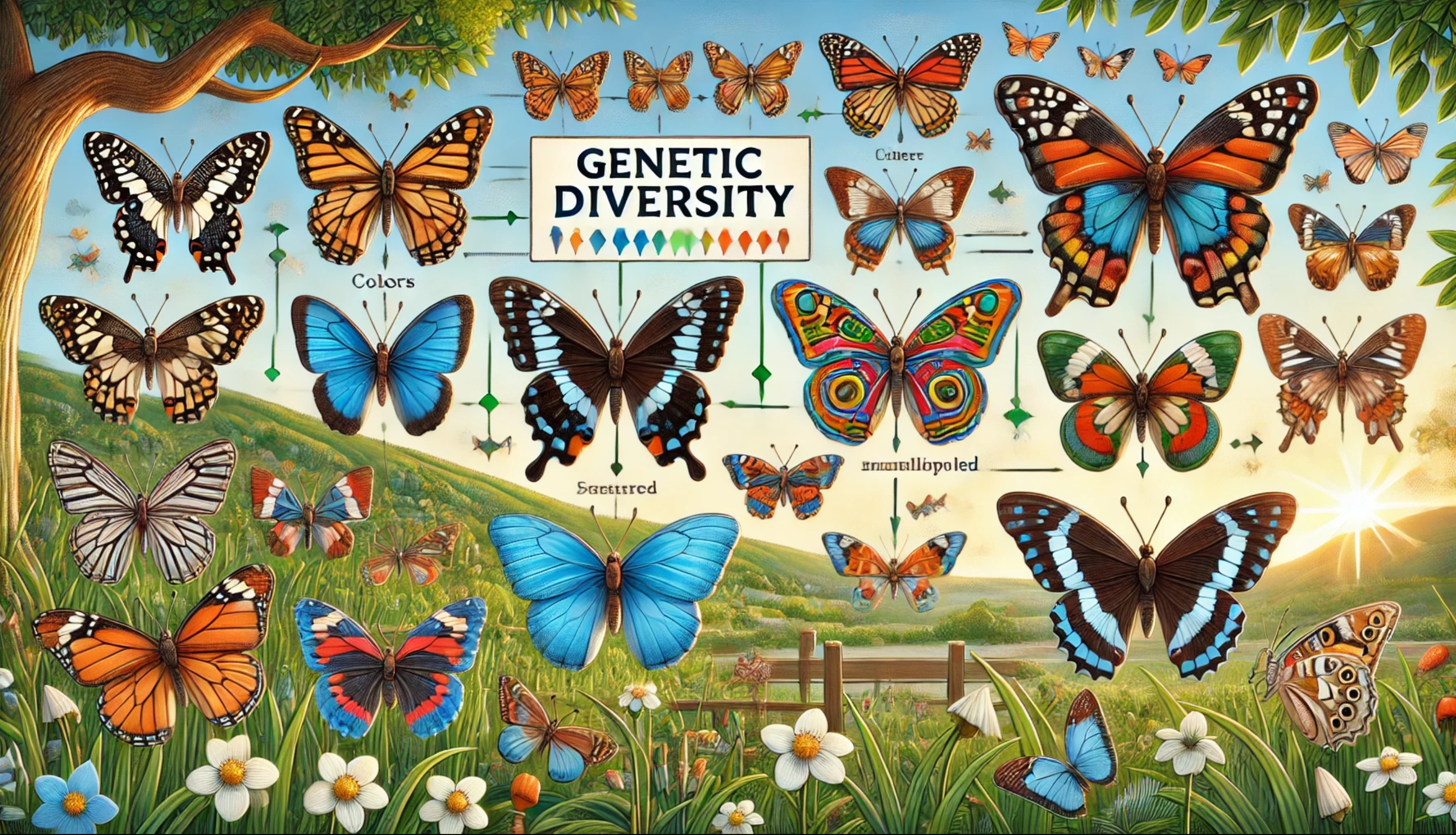There are no items in your cart
Add More
Add More
| Item Details | Price | ||
|---|---|---|---|
NCERT Science Notes - Class 10
Chapter 7 - How do organisms reproduce?
Welcome to AJs Chalo Seekhen. This webpage is dedicated to Class 10 | Science | Chapter 7 - How do organisms reproduce?. In this chapter, students delve into the biological processes of reproduction across various organisms. The chapter covers both asexual and sexual reproduction, highlighting methods like binary fission, budding, and vegetative propagation in asexual reproduction, and processes such as fertilization, pollination, and human reproductive systems in sexual reproduction. It also explores the importance of DNA and genetic variation in the survival and evolution of species. Through this chapter, students gain a comprehensive understanding of the continuity of life and the mechanisms that ensure the transfer of genetic material from one generation to the next.
NCERT Science Notes - Class 8 Chapter 9 - Friction notes ajs, cbse notes class 10 ajslearning, cbse notes ajs, ajs notes class 10, ajslearning, ajs chalo seekhen
Importance of Reproduction
Reasons for Reproduction
Similarity in Organisms
The Process of Reproduction
Are the New Cells Identical?
Consequences of Variations
Implications for Evolution
Key Points to Remember
Role of Populations in Ecosystems
Activity 7.1: Observing Yeast and Mould Growth
Materials Required:
Key Differences:
Fission is a type of asexual reproduction commonly observed in unicellular organisms. It involves the division of a single parent cell into two or more daughter cells. Different organisms exhibit various patterns of fission:
Activity 7.3: Observing Fission in Amoeba
Materials Required:
Other Forms of Fission:
Fragmentation is a form of asexual reproduction observed in some multicellular organisms, where the organism breaks into smaller pieces or fragments, and each fragment can grow into a new individual. This method is particularly effective in organisms with relatively simple body organizations.
Example: Spirogyra
Activity 7.4: Observing Spirogyra
Materials Required:
Complexity in Multicellular Organisms: While fragmentation works well for simple multicellular organisms like Spirogyra, it is not applicable to all multicellular organisms due to their complex structures. Many multicellular organisms consist of specialized cells organized into tissues, and tissues into organs.
Regeneration is a remarkable ability exhibited by many fully differentiated organisms, allowing them to form new individual organisms from their body parts. This process occurs when an organism is cut or broken into pieces, enabling many of those pieces to grow into separate individuals.
Examples of Organisms That Exhibit Regeneration:
While regeneration enables organisms to recover from damage and can produce new individuals, it is important to note that regeneration is not the same as reproduction. Here are some key points to differentiate the two:
Budding is a form of asexual reproduction observed in certain organisms, including Hydra. This process involves the development of a new individual as an outgrowth from the parent organism.
Process of Budding:
Objective: To observe how potato pieces with buds (or "eyes") can produce new plants and understand the process of vegetative propagation.
Materials Needed:
Objective: To investigate how different cuttings from a money plant can grow and produce fresh leaves, illustrating the concept of vegetative propagation.
Materials Needed:
Definition: A mode of reproduction involving two individuals (male and female) to produce new generations.
Activity 7.7: Observing Seed Structure
NCERT Science Notes - Class 10 | Science | Chapter 7 - How do organisms reproduce?
Class 10 | Science | Chapter 7 - How do organisms reproduce?
Dedicated team provides prompt assistance and individual guidance.
Engaging visuals enhance understanding of complex concepts.
Engaging visuals enhance understanding of complex concepts.
Assess understanding and track progress through topic-specific tests




